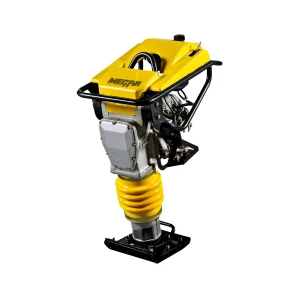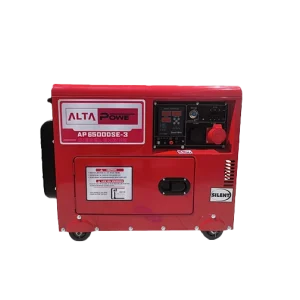MEGFIN ROLLER COMPACTOR Essential Guide to MEGFIN Roller Compactors: Types,...
Read MoreSIGNAL CABLE CONDUIT CABLES
Conduit Cables: The Backbone of Safe and Organized Electrical Installations
Conduit cables are pivotal in the world of electrical installations, offering solutions that enhance safety, organization, and efficiency. Whether you’re a homeowner, contractor, or DIY enthusiast, understanding conduit cables can significantly impact your electrical projects. In this blog, we will explore what conduit cables are, their key features, applications, advantages, and installation tips.
What are Conduit Cables?
Conduits can be installed inside walls, ceilings, floors, or even underground, depending on the requirements of the project.
Key Features Of Conduit Cables.
Protection: They provide a shield against mechanical damage and environmental hazards.
Organization: Help in keeping electrical installations neat and tidy.
Versatility: Available in various materials and sizes to suit different applications.
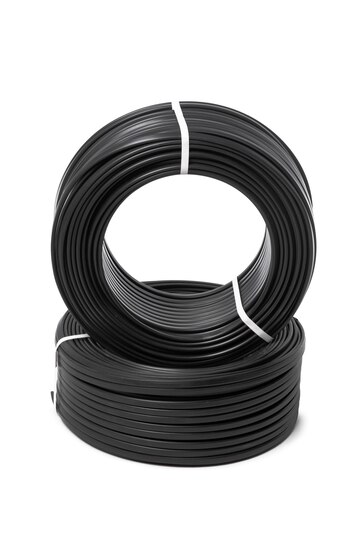
Applications For conduit Cables
Residential Wiring: Protects systems within homes and organizes wiring for lighting, outlets, and appliances.
Commercial Installations: Essential for office buildings and retail spaces, ensuring safe electrical distribution.
Industrial Settings: Ideal for factories where heavy machinery is present, protecting cables from physical damage.
Outdoor Installations: Used in exposed areas to shield cables from weather-related damage.
Underground Wiring: Conduits protect cables from moisture, soil movement, and other underground challenges.
Advantages Of Using Conduit Cables
Enhanced Protection: Conduits safeguard electrical wiring from environmental and physical damage, reducing the risk of short circuits, fire, or electrocution.
Code Compliance: Many electrical codes require the use of conduits in certain installations, especially in commercial and industrial settings.
Durability: High-quality conduits provide long-lasting protection, even in harsh environments.
Neat and Organized Wiring: Conduits keep wiring systems tidy, which is especially important in complex installations.
Flexibility for Future Upgrades: Conduits make it easier to replace or add new wiring without significant demolition or construction.
Installation Tips for Conduit Cables
Planning: Create a detailed layout for conduit placement. Factor in future expansions when designing the system.
Proper Sizing: Select the right size of conduit based on the number and type of cables. Ensure sufficient space for heat dissipation within the conduit.
Secure Fastening: Use appropriate straps and hangers to secure the conduit. Ensure that the conduit is mounted straight and level.
Sealing: Use proper sealing methods to prevent moisture ingress in outdoor installations. Ensure that all fittings are tight and secure to avoid gaps.
Follow Local Codes: Always adhere to local building and electrical codes during installation.
Consult with a licensed electrician if uncertain about any aspect of the installation.
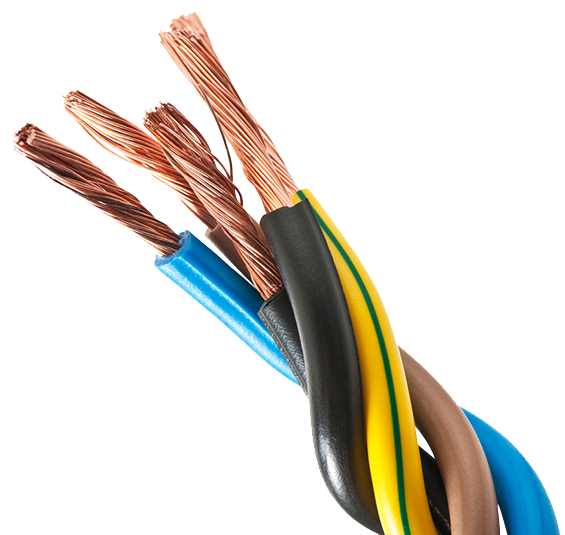
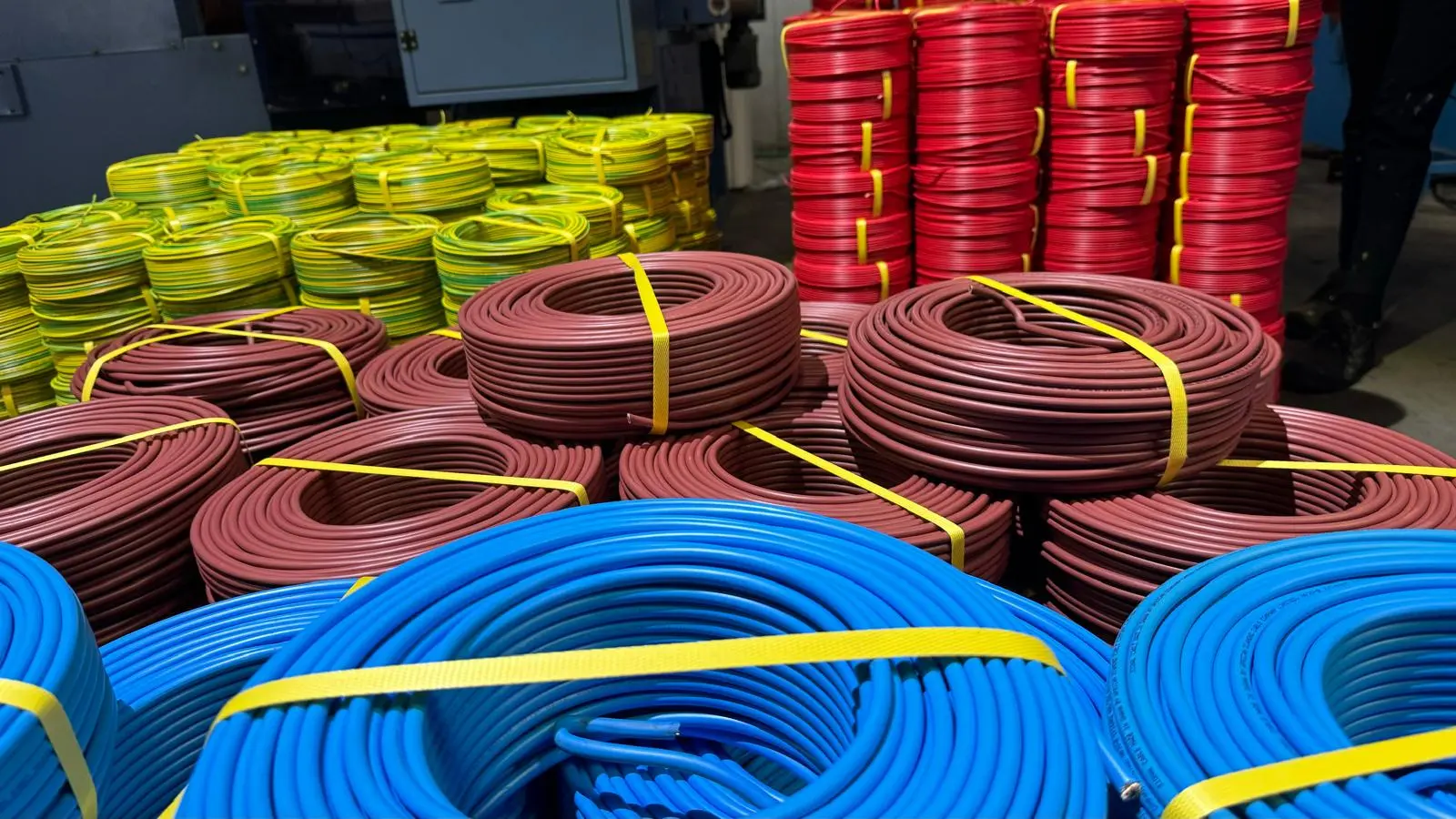
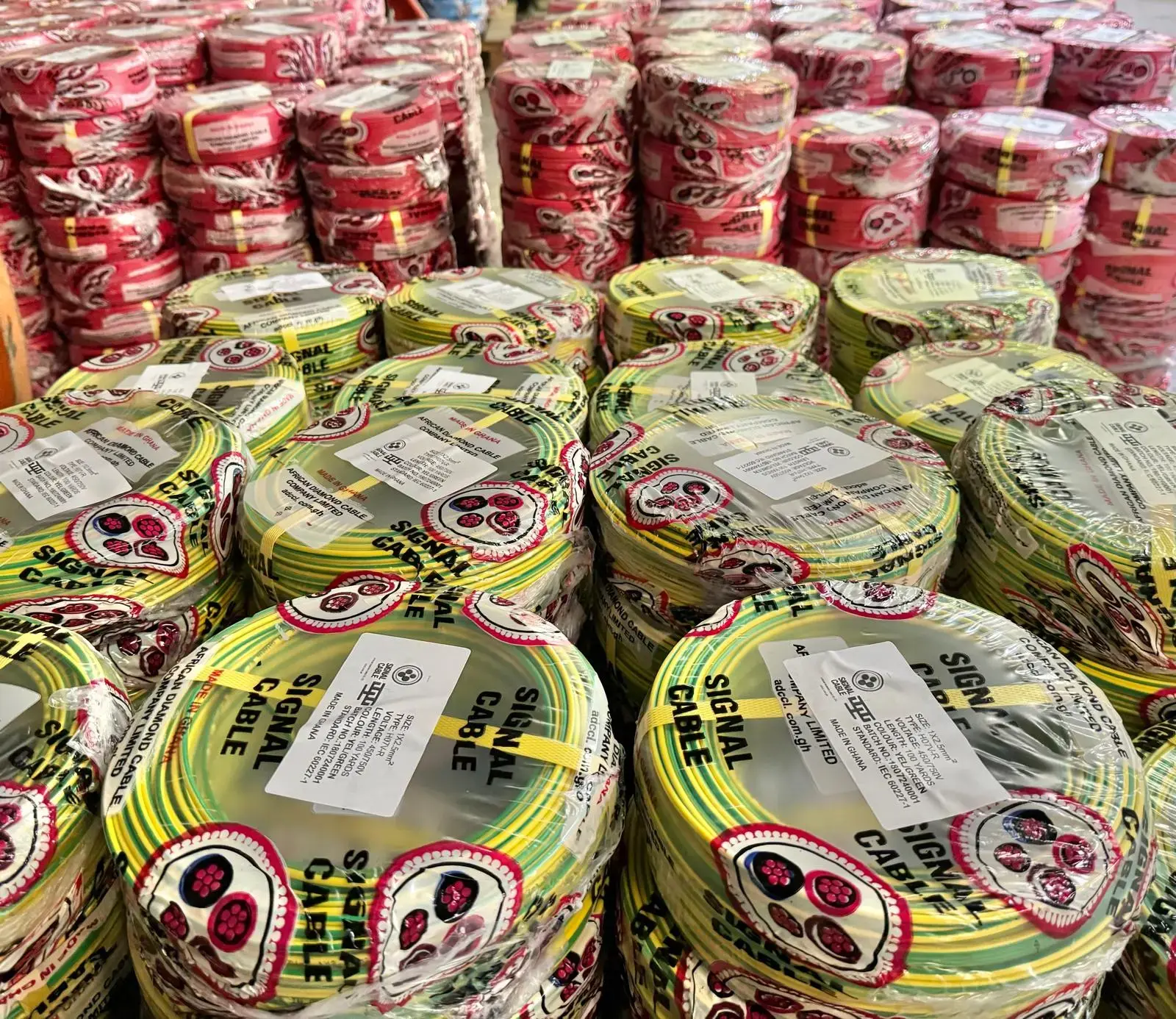
Conclusion
Conduit cables are indispensable for creating safe, efficient, and organized electrical systems. By understanding the different types of conduits and their applications, you can select the best option for your needs, ensuring compliance, durability, and safety.
Whether you’re working on a small home project or a large industrial installation, African Diamond Cable Company Limited helps you invest in the right conduit system which will pay off in the long run, protecting your wiring and ensuring smooth operations for years to come.
Have questions or insights about conduit cables? Visit Our Signal Cable Section at the ICM Construction Mall.
Read More blogs
MEGFIN Tamping Rammers: A Key to Solid Construction
MEGFIN TAMPING RAMMER MEGFIN Tamping Rammers: A Key to Solid...
Read MoreTom Green Lawnmowers: Your Guide to a Greener, Cleaner Lawn
TOM GREEN LAWNMOWERS Tom Green Lawnmowers: Your Guide to a...
Read MorePower Up: Understanding Diesel Generators
Diesel Generators Power Up: Understanding Diesel Generators In today’s world,...
Read More

